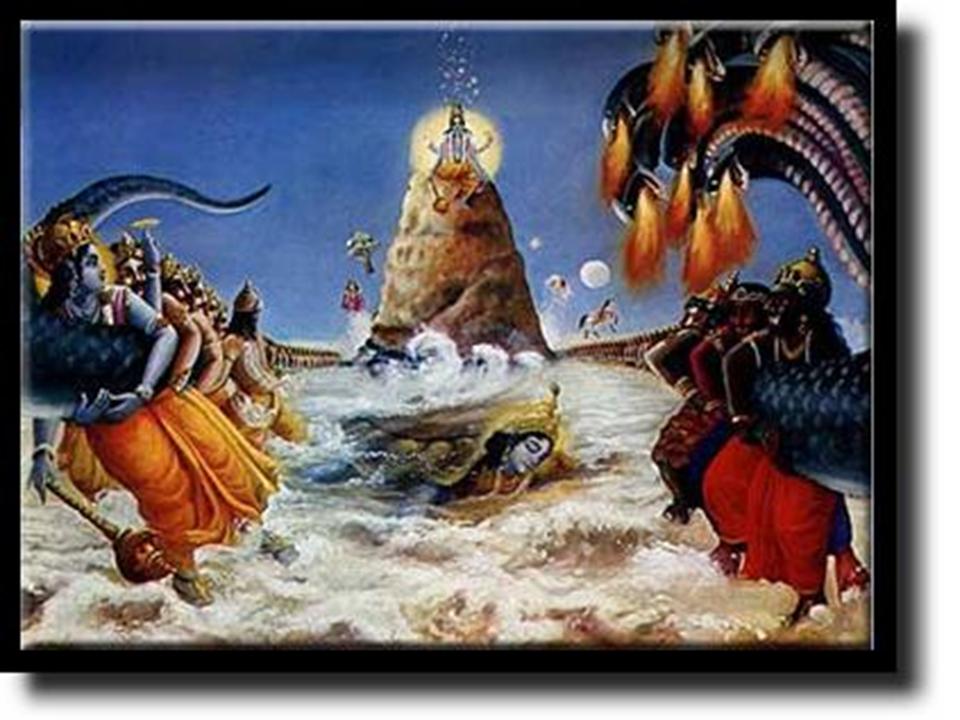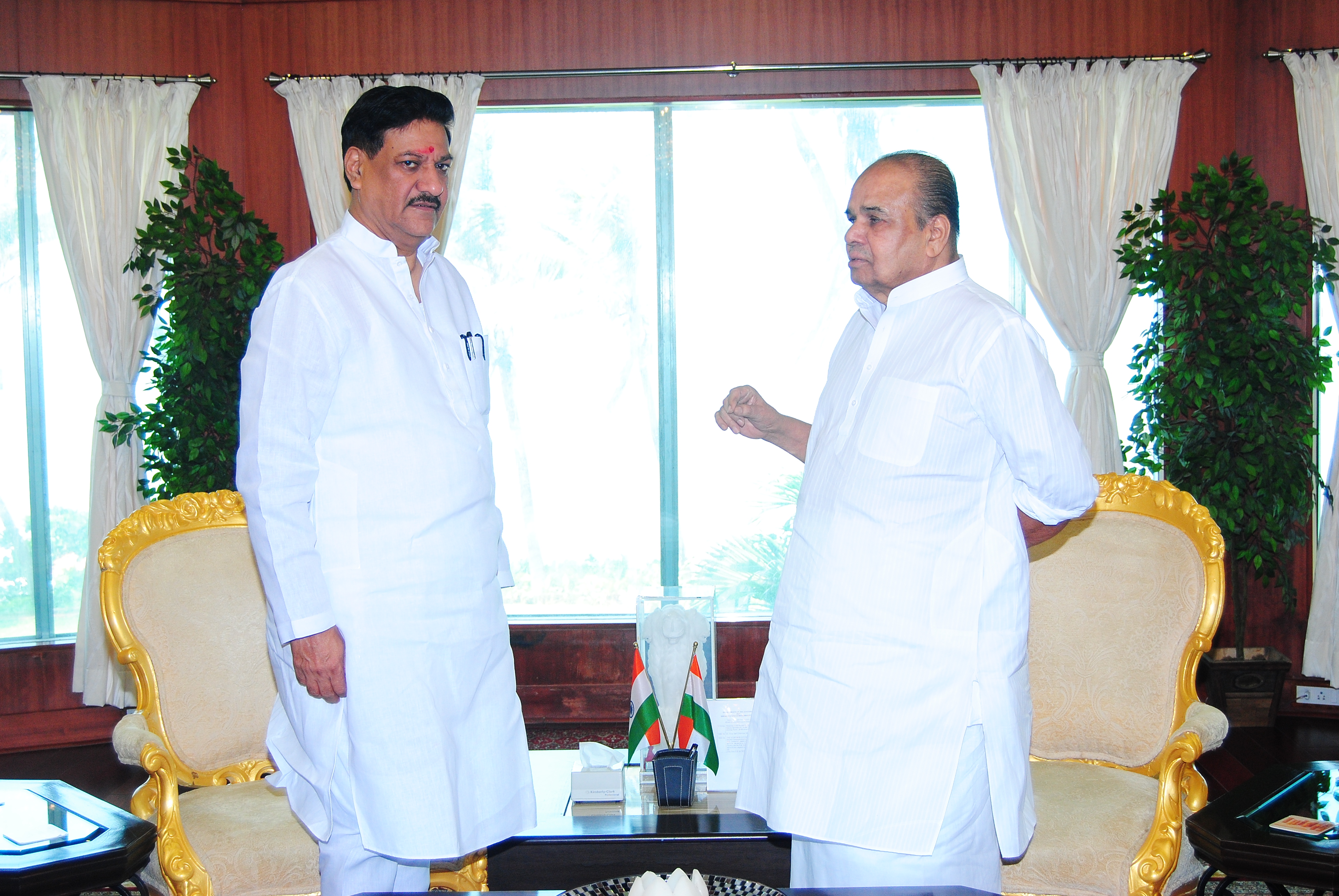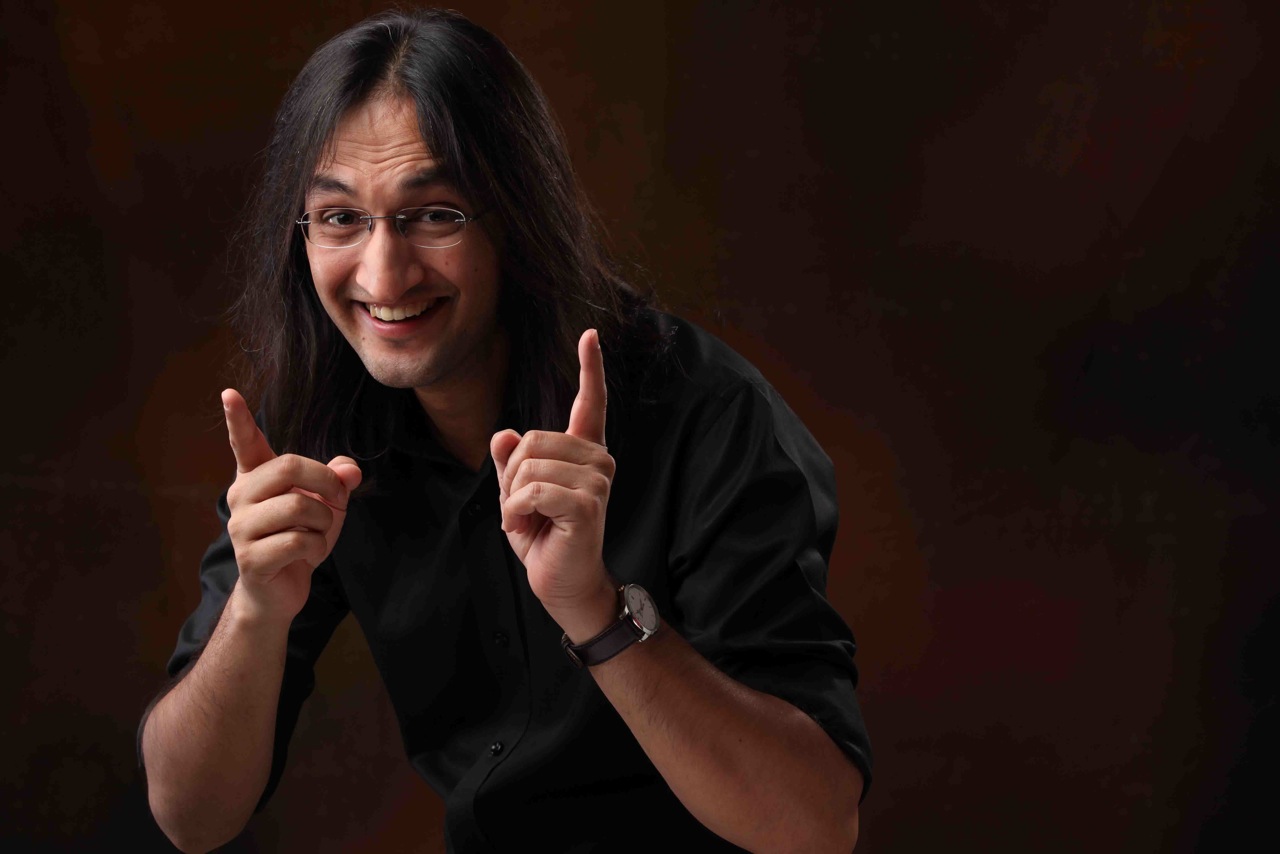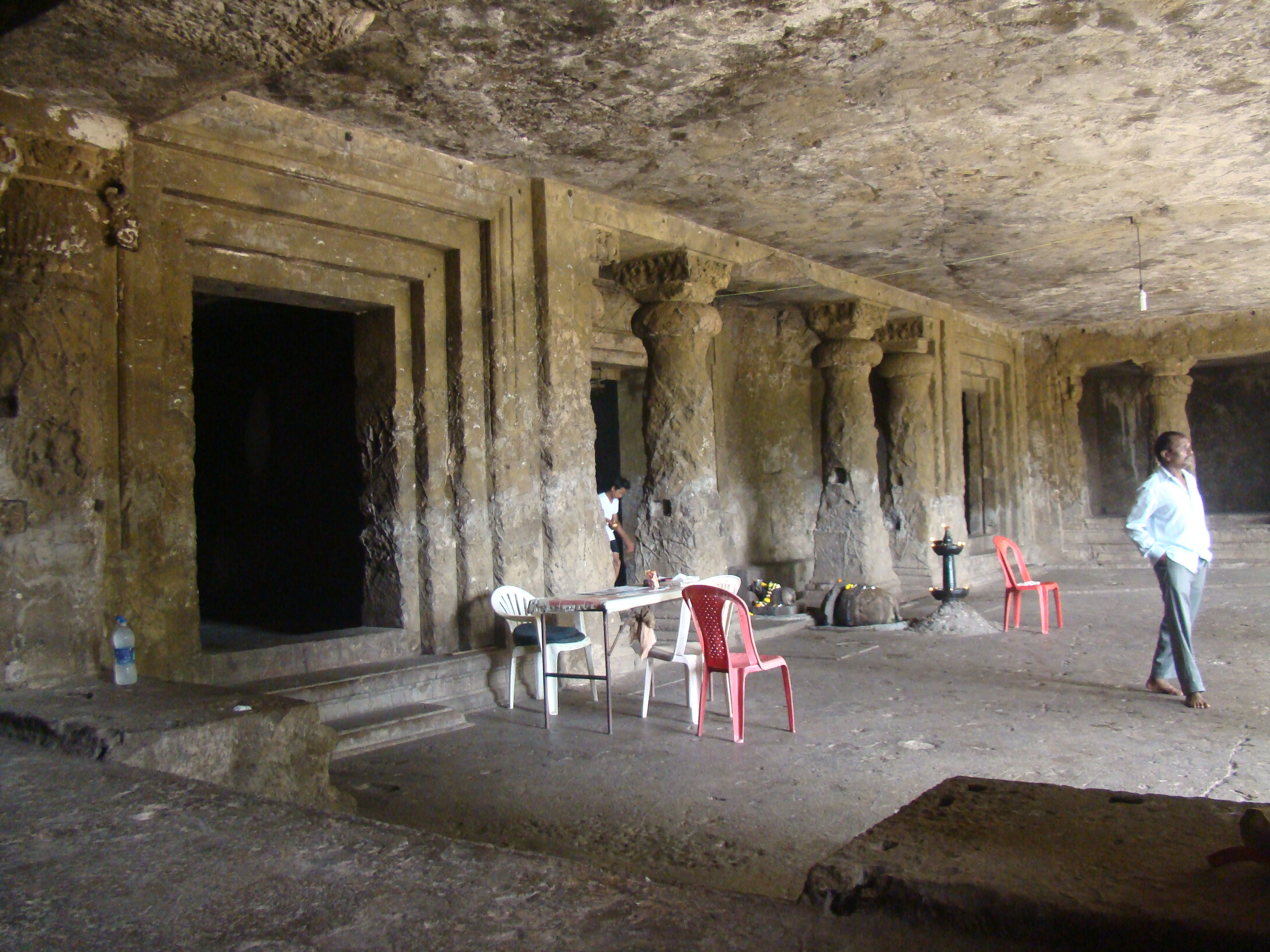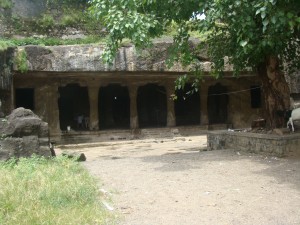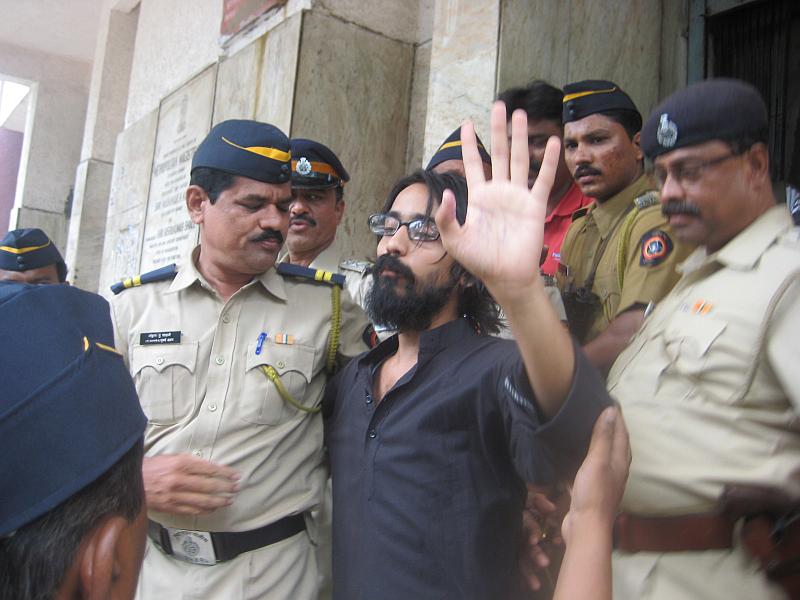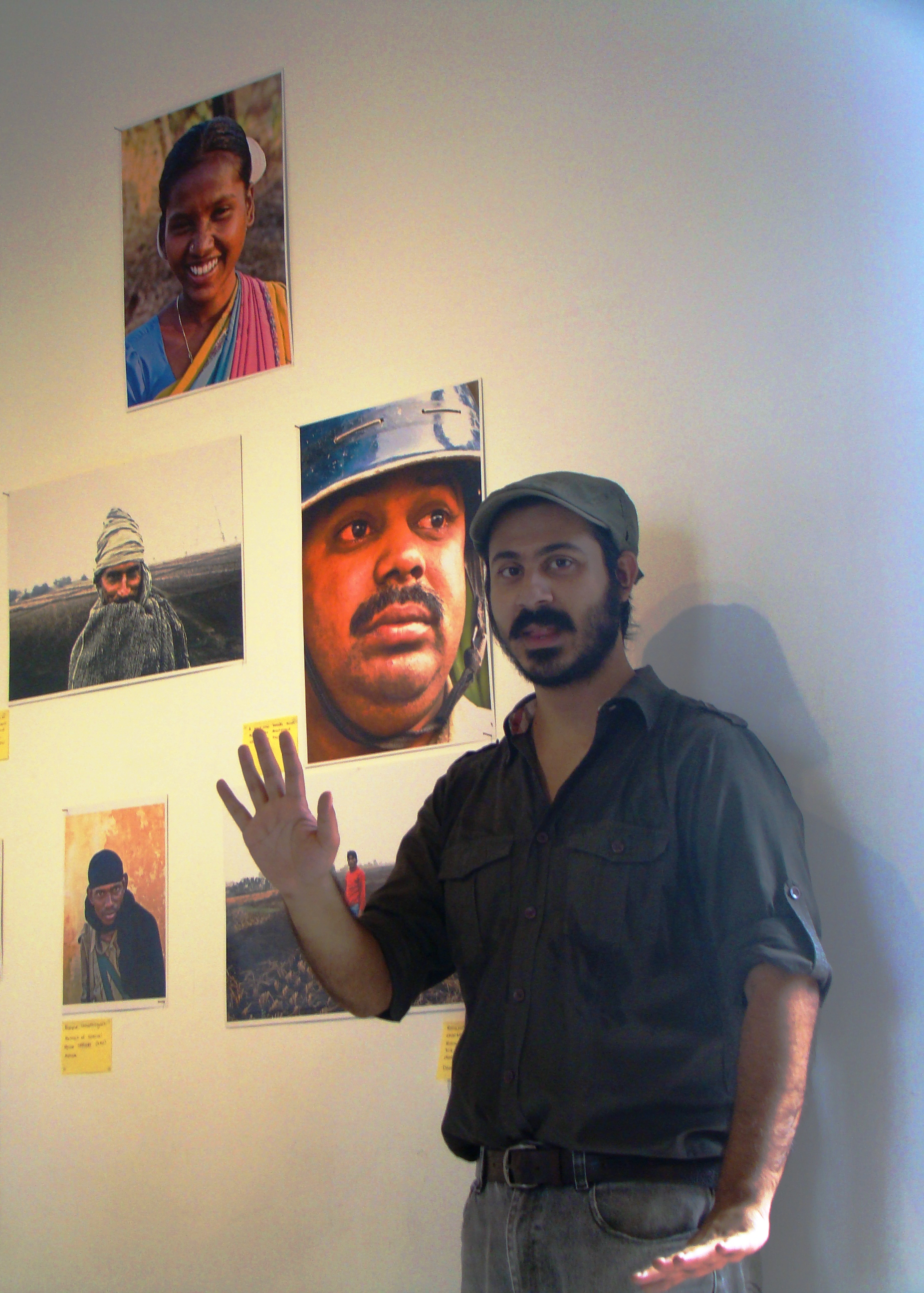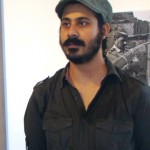Situations that look innocuous on the surface reveal uncomfortable complexities. Take Indian mythology, for instance.
By Prashant Shankarnarayan | prashant@themetrognome.in
The situation – Devas vanquishing Asuras
The observation: What does it stand for? Good defeating bad? Godly over the ungodly? Well that’s what has been handed down to us. And it suits us. The triumph of good over bad is always welcome. But the only concern is that when an Indian mind imagines the supposedly good devas winning over the supposedly bad asuras, it imagines a race of handsome, fair-skinned men winning over a race of ugly, dark- skinned men.
I decided to test this hypothesis by asking two questions to people: 1) Who were the Devas and Asuras? 2) How did they look?
This is the standard response I got: 1) Devas were Gods and Asuras were demons
2) Asuras looked ugly and hideous, and the Devas were beautiful and graceful.
Firstly, there is no concept of a demon in Indian mythology, but I will save that topic for a rainy day; however what strikes me is that the respondents parroted the same opinion about these two races that I expected them to give. I won’t be surprised if even you imagined it that way. This is what I call slow poison.
A poison that is injected in us unintentionally and innocuously, when a grandparent narrates a bedtime story to the child stating, “Ek bada bhayanak kala rakshas tha,” ‘Kala’ (black) being the point of contention. And the same idea has been propagated over the years by many such dadis and nanis, magazines, comic books, websites and television serials that are devoured by young and impressionable minds. Although it doesn’t seem like these content creators do it intentionally, they still end up producing stories from Indian mythology where the hero is fair and his opponent, always dark. No one has seen the devas; nor the asuras. So who tagged them as fair and dark? It is an idea so deeply ingrained that despite writing this article, I am unable to imagine a fair-complexioned asura.
Scriptures mention that both devas and asuras were sired by Maharishi Kashyapa. The devas were his progeny borne by his wife Aditi. The Asuras represent two races, the Daityas and the Danavas that Kashyapa begot from Diti and Danu respectively. Incidentally Aditi, Diti and Danu were sisters. As the devas and asuras grew up to be men, both possessed equal power, authority and wealth. Both the races nurtured lofty ambitions to rule all the three worlds – Swarga, Bhoomi and Pathala (Heaven, earth and the netherworld). So why take sides?
Simply because the battle between the devas and asuras was that of Dharma vs Adharma. In a quintessentially religious way, the devas being believers, by default stood for Dharma and the atheist asuras were branded as enemies of Dharma. Both these races enjoyed the lustful companies of apsaras, were power hungry and easily gave in to basic emotions like jealousy and insecurity, but still the devas stayed afloat as Gods because they ran to Brahma, Vishnu or Shiva at the drop of a hat. But as it should be, if both the races were sired by the same man, borne by women from the same bloodline and if these half brothers displayed similar behavioural tendencies, then for the devas to remain fair and the asuras to be dark, it would have required either a rare gene mutation or just a racist mind’s effortless imagination!
What makes it even more interesting is that we are ready to cut some slack and portray certain asuras as fair skinned, provided they fall under the purview of our morality. The most striking example that supports this aspect is the story of Prahlad. Just check the visual representation of Narasimha Avtar where Vishnu comes to save an asura prince Prahlad from his asura father Hiranyakashapu. Even though both father and son were asuras, the atheist father has been portrayed as dark and the pious, devout son as expected – fair! What does this signify? That an average asura is an atheist, and hence dark and dreadful. But if ever he shows believer tendencies, then his complexion automatically changes to fair.
Likewise, Raavan was half Brahmin and half rakshasa, and so was his brother Vibhishan. But Vibhishan is portrayed fairer than his brother. Also, when the goddess of courage and protection, Durga, transforms into the aggressive goddess of time and change, Kali, her complexion too changes from fair to dark. While it is perfectly fine to depict Kali as dark and destructive, why can’t we perceive Durga in the same light?
Not to forget possible the most popular god in the Hindu pantheon – Ganesha. Legend says that Shiva fitted an elephant’s head to his son’s body, so it is intriguing to find people worshipping a fair Ganesha. Aren’t elephants dark or at least dark grey?
And then comes the ultimate God, right at the top of the hierarchy. Although the name Krishna itself means dark, often one finds him portrayed in dark blue. He is addressed as ‘Kare Kanha’ (black Kanha) or ‘Shyamvarna’ (black coloured) but yet what we usually see is a blue Kanha! Of course there are theories to back it about him turning blue post his showdown with the poisonous serpent Kalia or because he resides in the deep blue cosmic ocean, but still we prefer sticking more to blue than black.
These are instances of our blatant disapproval of wanting to be associated with dark skin, or the failure to accept that dark people could be just as good as the fair ones. It could also be said that the colour white and black depict good and bad, they help people grasp these concepts instantly. But when we add life to these very colours by representing them in the form of complexion of godly or human beings, the very meaning and essence of the message gets tampered with. It simply becomes a fair person vanquishing a dark one. Indeed its good to be on the side of Dharma but one need not be fair skinned to do so. Our culture is steeped in racism and whether we like it or not but the idea of Devas winning over Asuras is a subtle way of propagating that fair skin is always desirable over dark.
To put it simply – fair people are good, dark people are bad. If we continue to inject this subtle poison then it just keeps reinstating what we have been all the while – Asuras.
Prashant is a mediaperson who is constantly on the lookout for content and auto rickshaws in Mumbai. This column tries to dissect situations that look innocuous at the surface but reveal uncomfortable complexities after a thorough post mortem.
